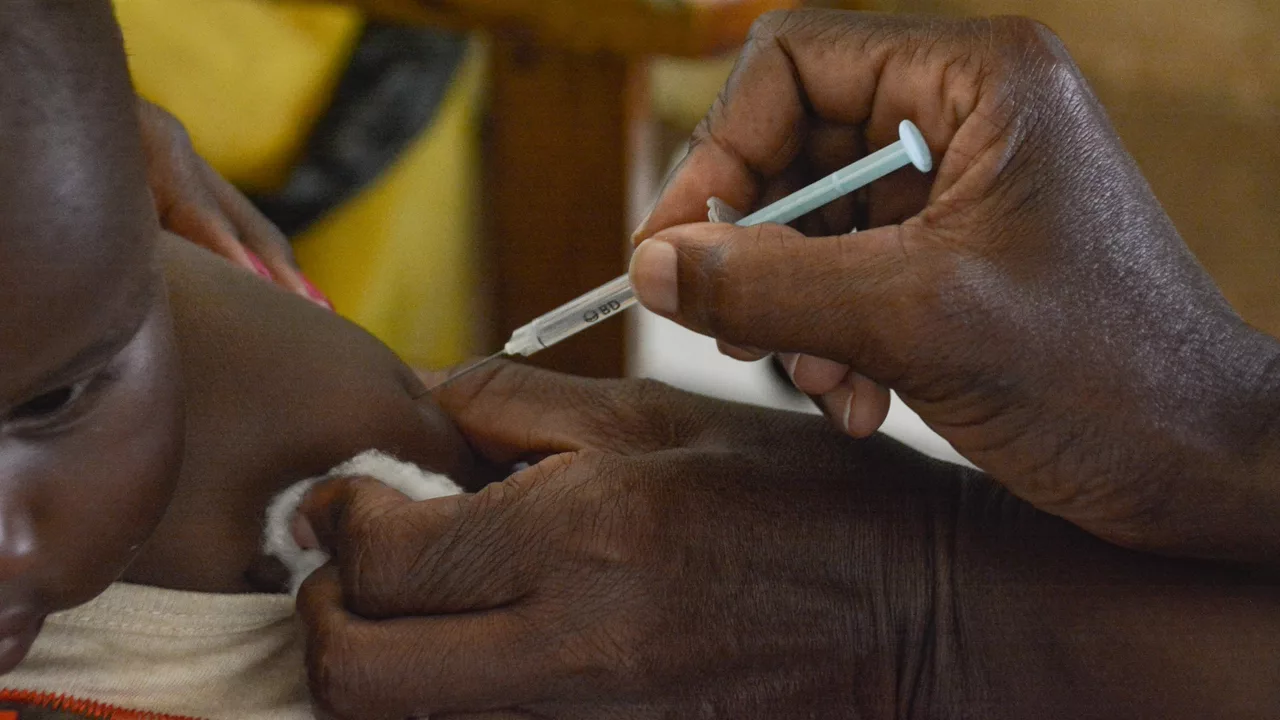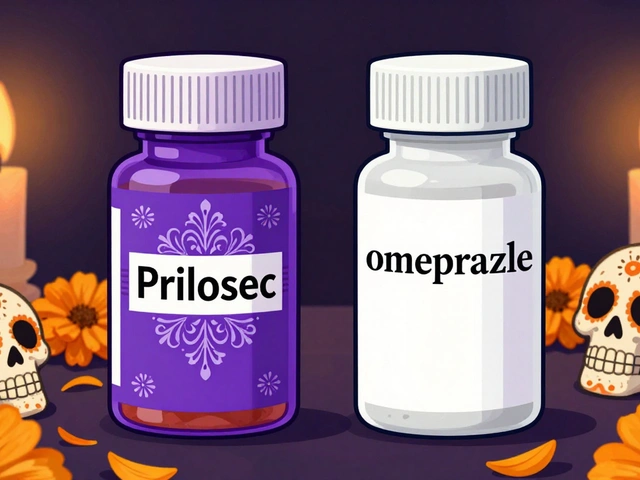Opening the Conversation on Leprosy Elimination Efforts
Leprosy, also known as Hansen's disease, has been a constant shadow in the annals of human history, stalking humanity like an unwanted guest. It might come as a surprise that this ancient ailment still persists today. Most of us, myself included, have to resist the urge to say, "Hang on, did you just mention leprosy? I thought that was ancient history!" But it's not, and that's precisely why we find ourselves here, discussing modern attempts to eradicate this stubborn disease. However, this battle is not just about medicine. Community involvement plays a critical role in the fight against leprosy, a fact I'll delve into, pleasantly shrouded with humor, positivity and some delightful nuggets of wisdom.
Engaging the Community in Leprosy Eradication
Leprosy can be a bit like my son Tiberius's untidy room; it's not enough just to clean it once – continued vigilance is necessary, or before you know it, you'll find yourself back at square one. In the same vein, the quest to eliminate leprosy doesn't end with the development of effective drugs. The battle continues on the ground, and that's where the community comes in. Grassroots participation has proven invaluable in raising awareness, fighting stigma, and carrying out consistent surveillance. After all, who knows the neighborhood better than its residents? Their comprehensive familiarity, reaching down to the last family pet, can mark the difference between successful eradication efforts and those that fall short.
Pulling Back the Curtains: Unmasking the Realities of Leprosy
Often, any conversation about leprosy tends to evoke images of suffering souls ostracized in far-off leper colonies, penned into a life sentence of fear and social isolation. This fear originates from thoroughly outdated conceptions about the nature of leprosy, some of which stem back from biblical times. Well, folks, it's time to shake off the cobwebs and reeducate ourselves. Despite the ancient horror stories, leprosy is, in fact, curable and has been for over 70 years – a truth easier to distribute with robust community involvement. Here's where our collective involvement comes in, carrying forward the torch of awareness, and casting away the shadows of ignorance that have long kept this disease under wraps.
Community Champions: The Unsung Heroes of Leprosy Elimination
Ever heard of community champions? These are volunteers who spearhead local efforts to eradicate diseases like leprosy and play a crucial role in achieving sustainable progress. Much like my daughter Saffron's relentless campaign to keep our home butterfly-free (don’t ask), community champions tirelessly work to maintain their localities leprosy-free. Their passion and dedication often turn them into effective advocates, educators, and case finders. Committed individuals who would stop at nothing to ensure early detection, guidance for timely treatment, and lend a hand in the battle against social discrimination, ensuring that those affected can return to their normal lives as quickly as possible.
The Bigger Picture: Global Cooperation and Community Engagement
The leprosy problem, like climate change or my list of house chores, is definitely not one that can be solved in isolation. It requires cooperation and commitment on a global scale. This cooperation is crucial among medical experts, researchers, NGOs, governments and, at the heart of it all, communities. It's a bit like assembling a complex puzzle; each piece is critical to the final image. Community engagement is one such irreplaceable piece. It provides valuable resources in the form of local knowledge, logistical support, and a local presence that can sway public opinion better than distant experts. While we're on the subject of cooperation, did I mention that Hawaii, which once had a famous leprosy segregation policy, now hosts one of the leading leprosy research labs? Talk about turning the tables!
In conclusion, the fight against leprosy is a global problem that needs a global solution. The most effective approach to bringing about the end of leprosy is a multi-pronged assault, one where community involvement plays a crucial role. Far from retreating to historical shadows, leprosy remains in the modern-day spotlight, fought against with every scientific, political, and community resource that we can allocate against it. Today, we salute the countless community workers, champions, volunteers, and other unsung heroes who stoically maintain the frontlines in our global war against leprosy.








